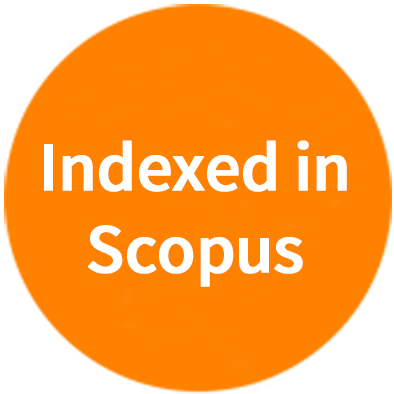REFERENCES
2. Ognjenović J, Simonović M. Human aminoacyl-tRNA synthetases in diseases of the nervous system. RNA Biol. 2018;15:623-34.
3. Antonellis A, Green ED. The role of aminoacyl-tRNA synthetases in genetic diseases. Annu Rev Genomics Hum Genet. 2008;9:87-107.
4. Taft RJ, Vanderver A, Leventer RJ, et al. Mutations in DARS cause hypomyelination with brain stem and spinal cord involvement and leg spasticity. Am J Hum Genet. 2013;92:774-80.
5. Wolf NI, Toro C, Kister I, et al. DARS-associated leukoencephalopathy can mimic a steroid-responsive neuroinflammatory disorder. Neurology. 2015;84:226-30.
6. Muthiah A, Housley GD, Klugmann M, Fröhlich D. The leukodystrophies HBSL and LBSL-correlates and distinctions. Front Cell Neurosci. 2020;14:626610.
7. Scheper GC, van der Klok T, van Andel RJ, et al. Mitochondrial aspartyl-tRNA synthetase deficiency causes leukoencephalopathy with brain stem and spinal cord involvement and lactate elevation. Nat Genet. 2007;39:534-9.
8. Dogan SA, Pujol C, Maiti P, et al. Tissue-specific loss of DARS2 activates stress responses independently of respiratory chain deficiency in the heart. Cell Metab. 2014;19:458-69.
9. Fröhlich D, Suchowerska AK, Spencer ZH, et al. In vivo characterization of the aspartyl-tRNA synthetase DARS: homing in on the leukodystrophy HBSL. Neurobiol Dis. 2017;97:24-35.
10. Fröhlich D, Mendes MI, Kueh AJ, et al. A hypomorphic Dars1D367Y model recapitulates key aspects of the leukodystrophy HBSL. Front Cell Neurosci. 2020;14:625879.
11. Klugmann M, Kalotay E, Delerue F, et al. Developmental delay and late onset HBSL pathology in hypomorphic Dars1M256L mice. Neurochem Res. 2022;47:1972-84.
12. Fröhlich D, Suchowerska AK, Voss C, et al. Expression pattern of the aspartyl-tRNA synthetase DARS in the human brain. Front Mol Neurosci. 2018;11:81.
13. Lipman NS, Jackson LR, Trudel LJ, Weis-Garcia F. Monoclonal versus polyclonal antibodies: distinguishing characteristics, applications, and information resources. ILAR J. 2005;46:258-68.








